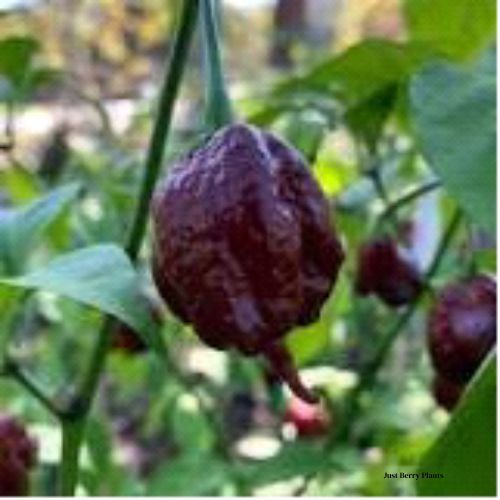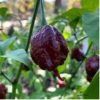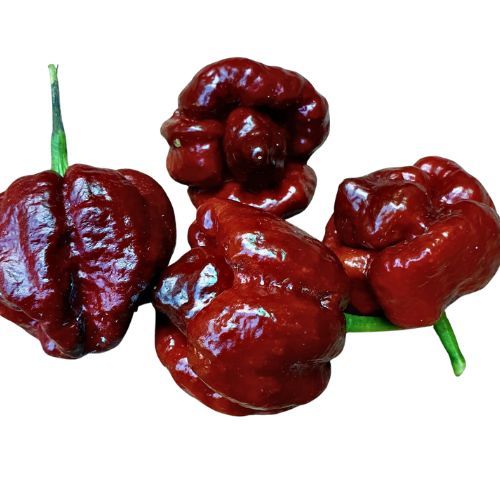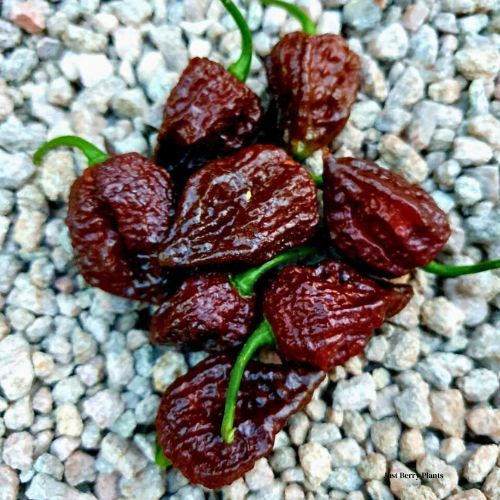Position
Full sun, at least 6 – 8 hours daily.
Soil
Well-drained soil enriched with organic compost. We recommend using a bag of Superfrass, a high-quality organic compost, and volcanic rock dust. This natural mineral provides essential nutrients when repotting a chilli plant for best results. Aim for a pH of 6.0–6.8.
Watering
Chilli plants are susceptible to waterlogging, despite their need for regular watering.
A good rule is to water when the top inch or two of soil feels dry to the touch.
Chilli plants lose water through pores in their leaves. This water loss influences how much water their roots draw from the soil. In low-humidity conditions, plants risk wilting if water is lost from the leaves faster than it is replaced by root absorption. If plants dry out too much, they may drop their flower buds. This underlines the importance of following the watering guidelines, making you a cautious and attentive gardener.
Mulching
Add a thick layer of pine bark mulch, keeping it approximately 5 cm thick, away from the tree trunk (any closer may cause excess moisture and damage the trunk). This mulch helps retain moisture in the soil, prevents weed growth, and provides a protective layer for the roots.
Fertilizing
Apply one teaspoon every 4-5 months of our slow-release all-plant fertiliser. The roots will absorb what they need.
Feed with a potassium-rich fertiliser during fruiting.
Pruning
Prune in winter (dormant season) to remove dead wood and shape the bush. Train as an open centre (vase shape) for good light penetration and air circulation.
Practice good garden hygiene (remove fallen fruit and leaves).
Pests & Diseases
Aphids, red spider mites, grey mould, and fruit flies may damage or sting ripening fruit. However, with your proactive approach and the application Agricultural Neem Oil or Effective Microorganisms (EM Control), you can effectively manage these problems. Regular inspection and spraying will alleviate future issues, giving you a sense of control over your garden.
Harvesting:
Pick when the pods turn from yellow to dark brown or chocolate and the weather is still warm. Regular picking will encourage the plants to produce more fruit.
You can harvest and eat immature chillies, but they may be milder in flavour.






